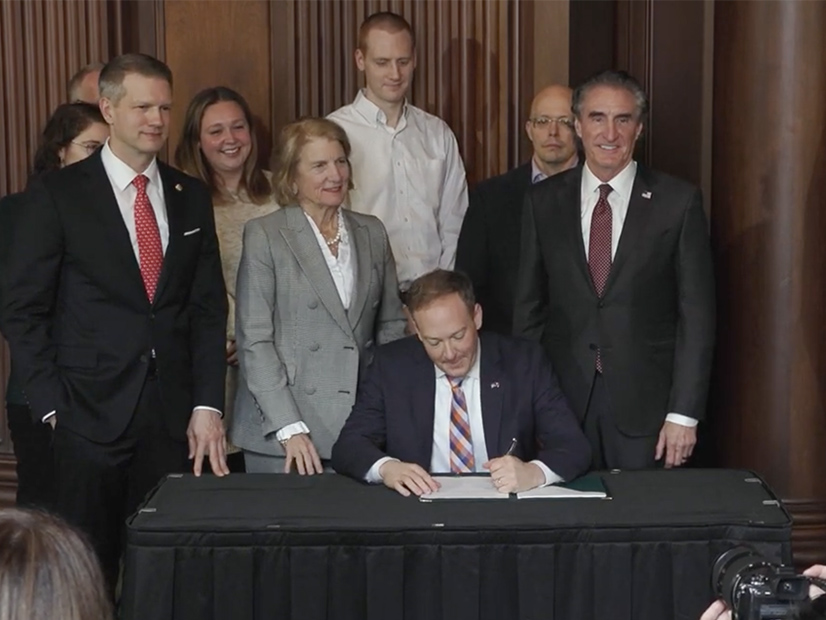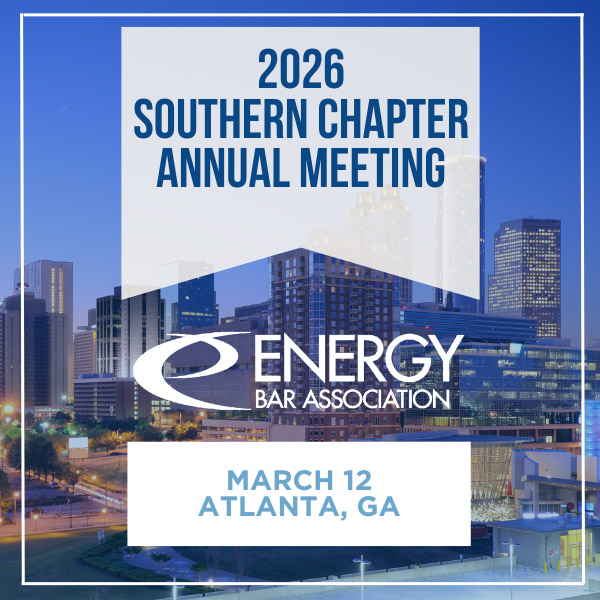
With West Virginia lawmakers looking on, U.S. EPA Administrator Lee Zeldin on Feb. 18 signed an approval granting the state primary authority for permitting carbon dioxide injection wells in the state, which could be used in carbon capture and sequestration projects.
Under the approval, West Virginia will have “primacy” for permitting the wells — called Class VI wells — that are supposed to permanently sequester carbon dioxide in deep underground caverns, while also ensuring no CO2 leakage or other negative impacts affecting drinking water.
Zeldin hailed the approval as an example of “the spirit of cooperative federalism that is alive and well in the Trump administration. … We here at EPA respect the talent that’s out there [in] the states, the understanding of how to do it better and faster.”
Interior Secretary Doug Burgum spoke of North Dakota’s experience when he was governor, after it because the first state to be granted primacy for Class VI permitting in 2018, during the first Trump administration.
“We’ve permitted some of the largest CO2 storage areas in the country. We’ve done all that in time frames that have been as short as six months from the beginning of the permit application, and we’ve done that without any risk to the environment,” Burgum said. Permitting primacy also drew “a record amount of capital investment coming into our state,” used in part for the development of low-carbon fuels such as ethanol.
West Virginia is the fourth state to be granted primacy, following North Dakota in 2018, Wyoming in 2020 and Louisiana in 2023. The approval will go into effect 30 days after it is published in the Federal Register, according to the EPA announcement.
Sen. Shelley Moore Capito (R-W.Va.), chair of the Senate Environment and Public Works Committee, cited the state’s long history of energy production and ongoing work on carbon sequestration at the National Energy Technology Laboratory in Morgantown, W.Va.
“EPA [should] be the overarching responsible agent to give us guidelines and give us expertise and make sure we’re within the guidelines,” Moore Capito said. “But really, let us work together to make sure that we get not just the best results, the quickest results [but] probably the most economic results and probably the most long-lasting results.”
Under the Safe Drinking Water Act, EPA has jurisdiction over six classes of injection wells, from Class I, used to “inject hazardous and non-hazardous wastes into deep, underground rock formations,” to Class VI, used for long-term storage or sequestration of CO2 in “subsurface rock formations.”
Many states have primacy for Class II wells, which are used to sequester fluids used in oil and gas production. Only six states ― Arizona, Iowa, Minnesota, New York, Pennsylvania and Virginia ― and the District of Columbia still are under federal jurisdiction for all classes, according to an EPA map.
Class VI permitting requires the injections wells to be designed “in a manner that will prevent any CO2 or formation fluids from leaking outside of the injection zone.” Well construction will depend on “site-specific conditions,” and materials used should be “corrosion resistant and compatible with the conditions and fluids to which they may be exposed.”
Corrosion monitoring must continue for the life of the project.
According to EPA’s Class VI permit tracker, the agency has 161 applications under review and targets completing individual reviews within 24 months of receiving an application. West Virginia appears to have two projects in the queue, one received in April 2024, and one received in September 2024.


